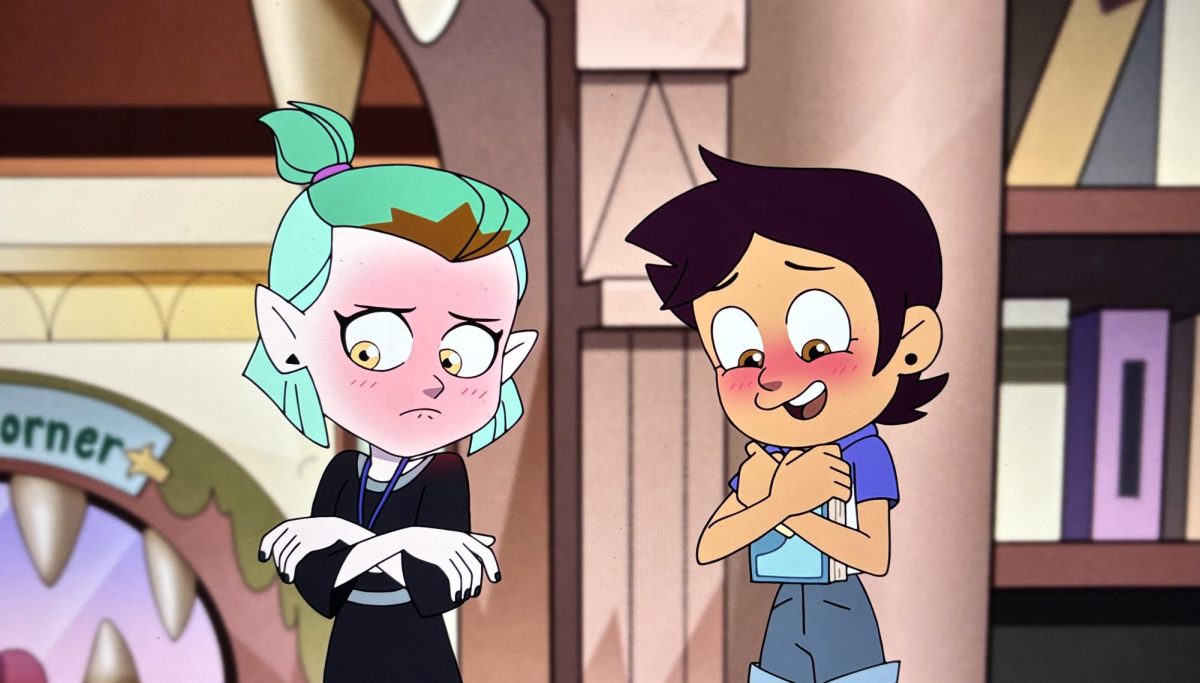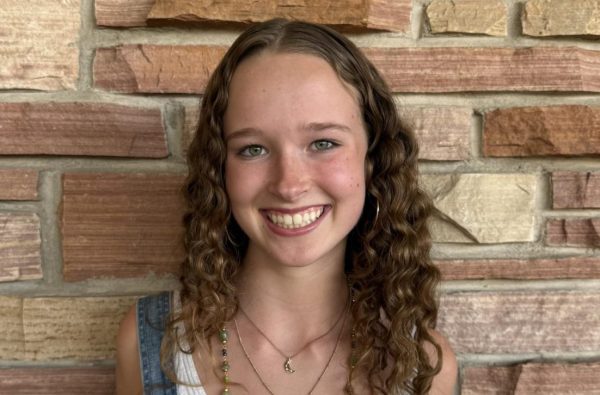A couple sits side-by-side, silhouetted by the setting sun, staring into each other’s eyes as the sun melts into the ocean in front of them. The camera zooms in on the pair’s interlaced hands, music swelling in the background. It’s the classic kiss scene, and the perfect set-up: the camera watches as the boy turns to the side slightly, bringing his hand up to his lover’s cheek, and leans in to kiss his boyfriend.
Until 1968, the so-called “Hays Code” prohibited LGBTQ+ characters from appearing in film, deeming homosexuality a “disgrace” unfit for the delicate eyes of 1960s America. Today, there are more than thirty queer film festivals operating in the United States alone. So, have we finally made it to full equality in representation?
Even after the Hays Code was lifted, there remained an unspoken taboo on gay representation in America. The first queer characters portrayed in movies and TV shows were portrayed as dangerous and predatory villains, the “bad guy” or butt of the joke at the end of the movie. This stigma worsened during the AIDs epidemic in the late 80s. And yet, at the same time, vibrant communities of queer folk existed all across the country, just as they had for decades, in urban cities and neon bars and quiet neighborhood streets, strictly kept off America’s screens and out of the public eye through a careful (even if not explicitly written in law) censorship of media.
In 1991 came the first-ever gay kiss on primetime American television, aired on an episode of L.A. Law which has since been nicknamed “the lesbian kiss episode.” It took until 2000 for a “passionate” or real kiss between two men to be shown on television, receiving national backlash for being aired early in the evening, when children might have been watching.
Today, many children’s television shows feature returning LGBTQ characters, from Disney’s The Owl House to She-Ra on Netflix. But at the same time, a children’s book about two penguins who adopt a baby penguin has been banned in certain school districts for being “unsuitable for children”.
However, this fear that seeing LGBTQ characters in the media will corrupt children is unbiased. Boulder High language arts teacher Ace Engelmann stated, “When we see wide-ranging representation in media, it gives people the idea of what’s possible… not in the way of, like, oh, this representation is going to create this experience for a person, right? That’s not a thing.” Engelmann went on to describe actress and activist Laverne Cox’s desire to be a “possibility model instead of a role model” through her visibility in the media.
Another common misconception that has arisen is that there must be more queer people in the world now than there used to be. The reality is that there are simply more narratives representing stories that have existed the entire time. “This is the world and our media should reflect our world,” says Engelmann.
Cleo Mitchell ‘26 stated “It’s just important for people to see themselves in media. I feel like a lot of hatred towards LGBTQ people is born out of fear, so… seeing LGBTQ people in normal settings in a realistic way will help eliminate a lot of that fear.”
And yet, despite all the progress made, legislation to ban LGBTQ books and media has extended to bills that prohibit conversation about LGBTQ literature and discussions in schools. According to GLAAD, from January to September of 2022, Americans attempted to ban 1,651 pieces of LGBTQ literature.
While mainstream media is slowly starting to represent the whole of America, it is still the case that LGBTQ stories and characters are far from equal in our media landscape.



